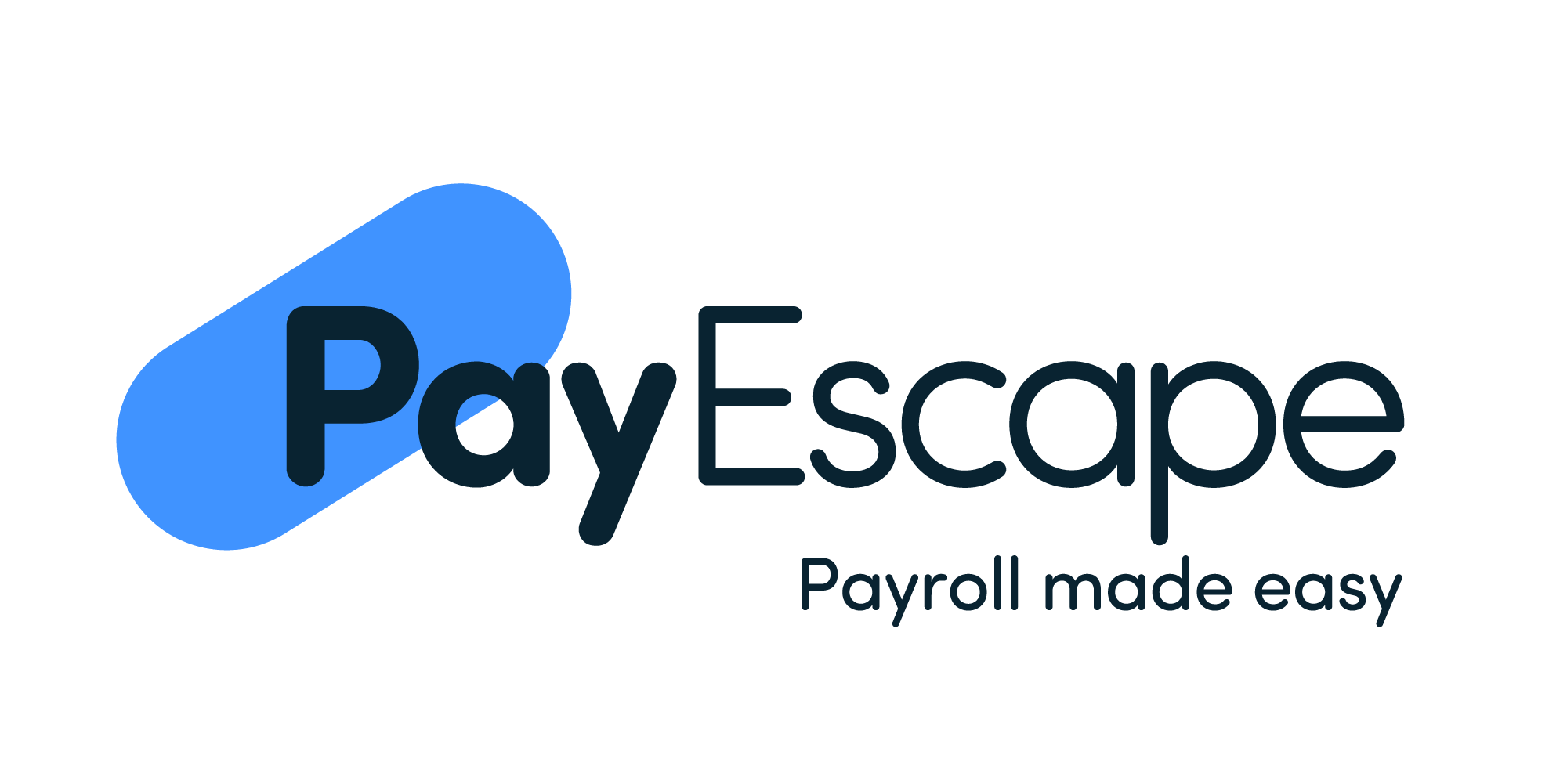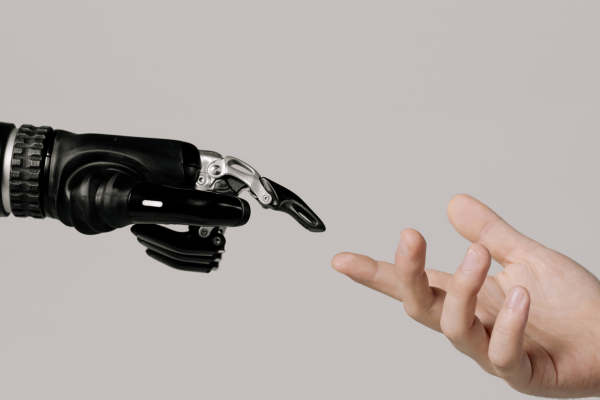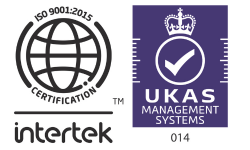Are you looking to find out more on payroll integration but unsure where to start? The experts at PayEscape have put together a full guide to payroll integration covering what integration is, and how it can benefit your business. Find out more below.
Firstly, what is integration?
Payroll integration is the process of connecting a payroll system with other software or systems within an organisation. This integration allows for the seamless exchange of data between different systems, such as human resources (HR) management software, time and attendance systems, accounting software, and other relevant systems.
The purpose behind integrating payroll with other systems is to streamline processes, reduce manual data entry, reduce errors, and ensure data consistency across various departments. For example, integrating payroll with HR management software allows for automatic updates of employee information, such as new hires, terminations, promotions, and changes in salary or benefits.
Why is Integration Important for your business?
Many businesses overlook payroll integration and the importance of it for their business, there can be many hiccups in a business within this area, with a common one being data fatigue, as employee information isn’t synchronised across the business, which can negatively influence HCM (Human Capital Management) and other issues including audit compliance, reduced flexibility and company scalability.
Simply put, investing in payroll, HR and time and attendance software can save thousands of pounds each year whilst staying compliant with HMRC guidelines.
Payroll integration offers numerous benefits to businesses, ranging from increased efficiency to improved compliance and strategic decision-making. Below we have gathered the main reasons why payroll integration is important to any business:
Reduced manual data entry: Integrating your payroll system with bookkeeping and time management software significantly reduces the need for manual data entry. This not only saves time but also minimises the risk of human errors, ensuring accurate employee data and payroll calculations. By automating repetitive tasks through a payroll software means employees can focus on more value-added activities, increasing overall productivity.
Ensured accuracy: Choosing software that directly integrates with accounting and payroll systems ensures seamless data flow between different departments. This integration eliminates the need for double entry of information, reducing the chances of discrepancies and ensuring that payroll is accurate and compliant with regulations.
Increased focus on strategic initiatives: Integration streamlines HR processes, allowing HR teams to shift their focus from administrative tasks to strategic initiatives that drive business growth. With automation handling routine tasks such as data entry and payroll processing, HR professionals can dedicate more time to talent management, employee development, and organisational planning. This strategic approach enhances employee engagement and contributes to long-term business success.
Enhanced compliance: Integrated systems provide auditable reporting and real-time visibility into payroll and HR data, reducing compliance risks. This keeps employee information in check and automating compliance-related processes, businesses can ensure adherence to labor laws, tax regulations, and industry standards. Access to comprehensive data enables quick identification of compliance issues and proactive measures to address them, mitigating potential penalties and legal consequences.
Cost savings: Implementing web-based integrated tools for payroll, HR, and time management can lead to significant cost savings for businesses. As mentioned above, reducing manual labor and administrative overheads means you can use more resources and allocate them efficiently. Over time, these savings can amount to thousands of pounds annually, contributing to the bottom line.
Improved time management: Integration simplifies time tracking and attendance management by automating processes such as clocking in/out, leave requests, and scheduling. This not only saves time for employees but also facilitates accurate payroll calculations based on actual hours worked. Real-time tracking enables managers to monitor employee attendance, identify patterns, and address any issues promptly, leading to improved workforce management and operational efficiency.
- Summary of technology integration benefits:
- Improved automation as systems are communicating with each other
- Seamless data sharing through integration
- Greater data accuracy and reduced repetition of records
- Real Time visibility of data as softwares are consistently communicating with each other
- Compliance risk is reduced
- Scalability is easier
- Clear visibility of data and business performance
- Productivity is improved due to task automation and data accuracy
- Integration – the future of payroll, time and attendance and HR software
Can any business opt for payroll integration?
In short, yes. As technology evolves and businesses look to operate on hybrid working models, we’re seeing more companies place emphasis on data integration – especially when it comes to their Human Capital Management processes. According to Forbes, over 80% of enterprise Business Operations leaders say data integration is critical to ongoing operations. Additionally, 67% of enterprises are relying on data integration to support analytics and BI platforms today, and 24% are planning to in the next 12 months. It’s time to start thinking about integration for your software, or risk being left behind. Speak to one of our advisors today and find out how to revolutionise your HR, time and attendance and payroll processes.
Payroll and Human Resources integration
Payroll and Human Resources teams utilise the same employee data to complete everyday tasks, but have to use different technology to manage the workforce. Using manual data entry in separate systems can lead to errors, and then payroll and HR processes suffer due to incorrect information.
So how can you help your payroll and HR teams easily manage their day-to-day operations and maintain accurate data?
Integrating your workforce management technology can help improve accuracy, ensure compliance, and help your payroll and HR teams streamline processes. For example, if an employee has a bank or employment status change, using an integrated platform to make that change will ensure the payroll and HR data is updated without both teams having to adjust their systems. If you have an employee self-service portal within your technology, your employees can change personal details that will be communicated with both payroll and HR software.
Most payroll and HR teams are overwhelmed with paperwork and manual processes that prevent them from working on strategic programs or projects. By using technology to simplify manual processes, your teams can focus on company initiatives and improvements. Your payroll team can avoid costly compliance mistakes by removing manual processes, and HR teams can ensure employee data is correct to better manage appraisals, promotions, and more.
Using integration to streamline your organisational processes saves resources, money spent on correcting compliance errors, and also ensures company data privacy. Redundant systems can cause data loss or security breaches, costing companies thousands each year in fines and penalties.
Focusing on integration, process improvements, and data accuracy will improve the workload for both your payroll and HR teams, and your employees can easily manage personal data without wasting resources.
Can Integration go wrong?
As we have mentioned above, integrating your payroll, accounting, and HRIS systems has many benefits. But what happens when your integration isn’t done properly? Here are common challenges when integration is not done well or not done at all:
Data loss
System integration allows the data to pass to multiple systems automatically without much intervention. When company systems like payroll and accounting are not integrated, there is risk of data loss, data privacy concerns, and process complexities due to manual work required. How can you report quarterly figures when you have to wait for the payroll system to catch up? Lack of integration also leads to data redundancies, integrity issues and difficulty creating accurate reporting.
Resources
Manual data entry takes time and resources away from important company initiatives. It also leads to errors, increases costs to process payroll, and increases risk of data loss or errors. If your HR team spends time entering in employee details into the HRIS system, but then has to enter those same details into payroll or accounting systems, the risk increases that an error will be made and payroll could be incorrect. The lack of automation results in impact to quality and compliance with the payroll process.
Reporting
Leadership teams in every organization are looking for real-time results and trying to manage budgets. How can leadership make decisions based on data that may not be accurate or up to date? If every system is creating a report, who is consolidating and creating one overall report? Lack of reporting or inaccurate reporting can have disastrous results for an organization, and without proper checks and balances, this can lead to fraud, fines, and penalties.
Processing payroll, managing benefits, and accurate accounting are all vital to the health of an organization. Without integration of these systems, there is data redundancy, issues with data integrity, and little or no reporting capabilities. Your integration of these systems is key to providing real-time results, accurate accounting, and paying your employees on time. Don’t let lack of integration stunt your organisation. If you are struggling with manual processes or lack of integration, let us help!
Outsource your payroll with a payroll provider
Finding a payroll solution that integrates with your company processes can ensure the payroll process runs smoothly each month, provides reporting to ensure compliance, and filing directly with HMRC to avoid missed deadlines. Integration with your HR system allows your team to enter employee details in one platform and avoid common issues associated with redundant processes. To learn more about how integrated payroll can help your organisation, click here.

















